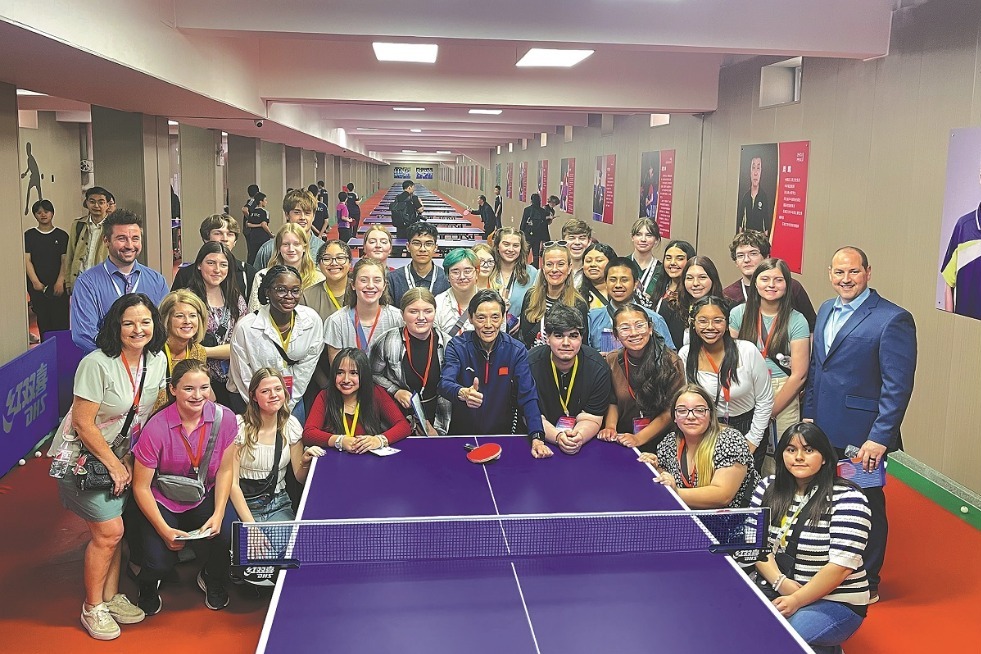Ultrasonic waves offer a new way for criminals to hijack your phone
By Barry He | China Daily Global | Updated: 2020-04-02 09:18

During this time of crisis for many nations, billions of people around the world have been told to stay at home, to prevent the spread of disease.
It is precisely in these times that many of us will feel blessed to be taking shelter from a global pandemic in the comfort of our own homes, where we have the privilege of using our mobile and electronic devices both for entertainment and to work remotely whenever possible. We are increasingly reliant on these devices to communicate with the outside world, in light of the fact that we cannot do so physically any more. If the same pandemic had occurred even just 15 or 20 years ago, the situation may well have been even more challenging.
However, this reliance on our phones means that a lot is at stake. New research coming out of Washington University in St. Louis has highlighted the danger that ultrasonic waves pose to mobile phone security. Traditional hacking is much more difficult to do remotely, but this underreported technique utilizes such ultrasonic waves to easily penetrate windows, tables and even walls. The result is that phones can be compromised and voice-activated assistants can be controlled, tricking the device into thinking it has received a voice command from its owner.
Using ultrasonic waves, Washington researchers were able to send voice commands to phones right under the noses of their unsuspecting owners. These ultrasonic waves occur at very high frequencies, beyond human hearing, making them unsusceptible to the owner as well as to any antivirus software applications.
By manipulating the high frequencies, you can manipulate the ways in which the phone interprets these signals, tricking the phone into thinking that it has received a voice command to action a particular function. The phone volume can then be turned down to the point where any responses from the phone's voice-activated assistant such as Siri will not give the owner any inkling of what is taking place.
These alarming findings were announced last month at the Network and Distributed System Security Symposium held in San Diego, one of the last large national technology conferences held in the United States before the spread of the virus. Zhang Ning, assistant professor of computer science and engineering at the McKelvery School of Engineering at Washington University in St Louis, stated: "We want to raise awareness of such a threat. I want everybody in the public to know this. I feel like not enough attention is being given to the physics of our computing systems, this is going to be one of the keys in understanding attacks that propagate between these two worlds."
Research carried out on these so-called surfing attacks was done in conjunction with Michigan State University, the University of Nebraska-Lincoln and the Chinese Academy of Sciences. It was discovered that such attacks are effective at penetrating metal, wood and glass, and even if the phone was placed in various positions or the orientation of the microphone was changed.
The attacks were still effective at distances of almost 10 meters. Plastic tables and phone cases only weakened the signal slightly, however there was one surprisingly effective defense. A multilayer based, soft woven material which has the ability to increase the occurrence of "impedance mismatch", as Professor Zhang coins it. Simply put, putting your phone on a cheap fabric such as a tablecloth or any other piece of rag or torn clothing, will be extremely effective in deterring high tech ultrasonic criminals from your phone and personal data. Sometimes complex problems require simple solutions.






















